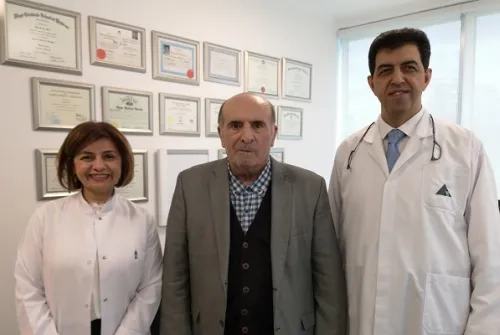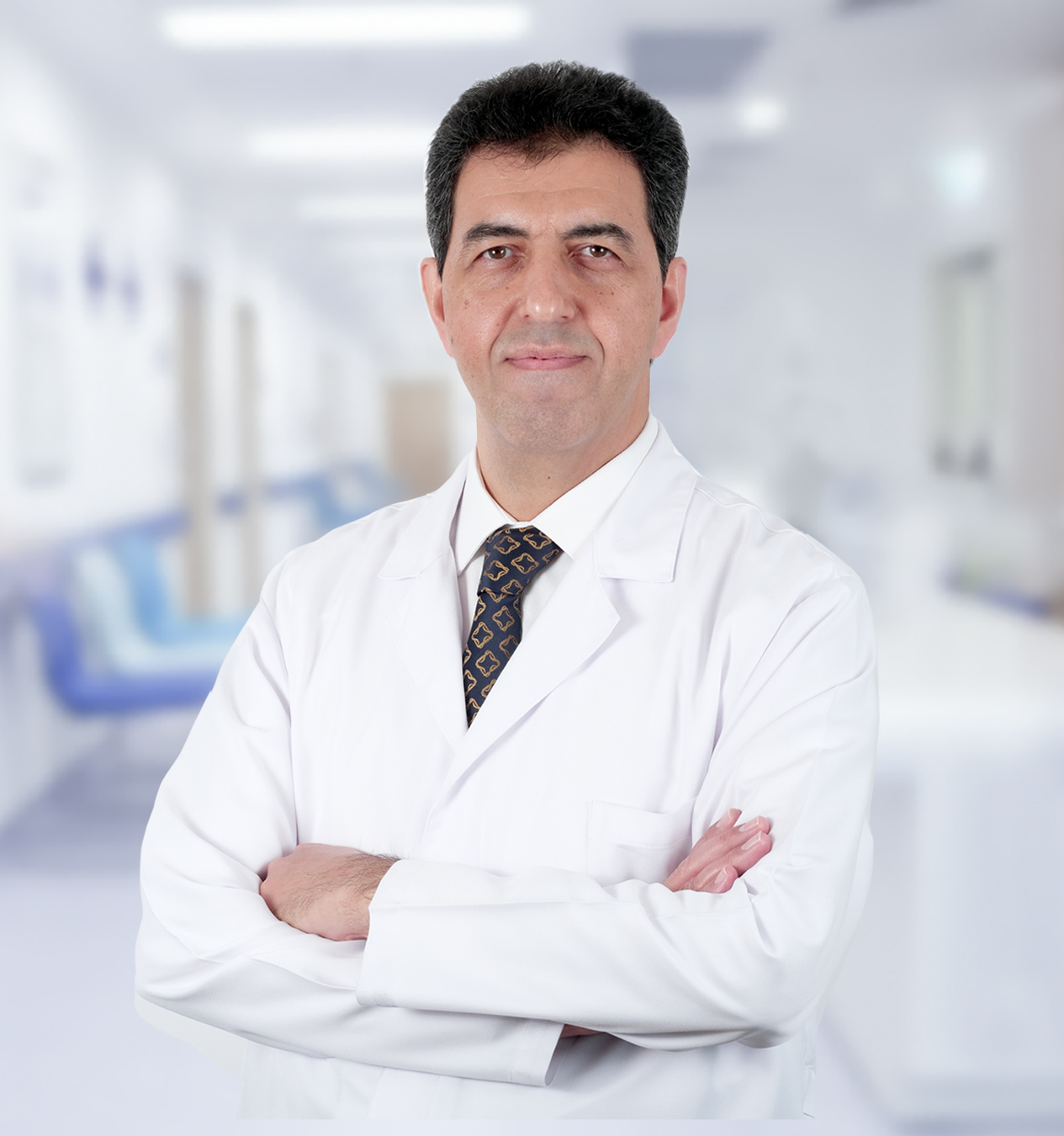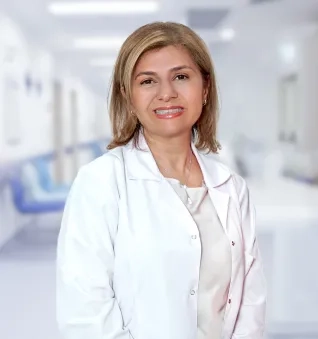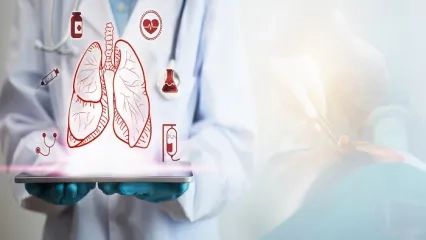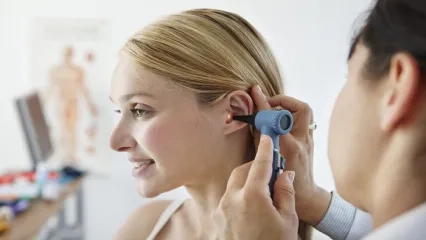Alo Yeditepe
Alo Yeditepe
Chance of Treatment in Patients Who Have a Tube Inserted in Their Throat to Breathe
Tracheostomy cannulas, which are inserted so that patients who cannot breathe through their mouth and nose due to stenosis of the trachea can breathe, can cause unwanted health problems as well as the benefits they provide. Thoracic Surgery Specialist Prof. Dr. Sina Ercan said that although it is possible to get rid of this situation, many patients continue to live their lives in this way because they are not evaluated correctly. Stating that patients should know that they are not doomed to live like this, he shared important information about treatment methods.
If the need for respiratory support persists after 15 days in patients who have a tube inserted into their trachea due to respiratory failure and connected to a breathing apparatus, a tracheostomy tube is inserted by making a hole in the throat. However, tracheostomy applied to patients who have shortness of breath and need respiratory support, especially in the intensive care unit, may adversely affect the quality of life of the person after a while. Reminding that most patients do not have to live with tracheostomy cannulas, Prof. Dr. Sina Ercan, Yeditepe University Faculty of Medicine Dean and Head of the Thoracic Surgery Department, drew attention to the importance of correct treatment.
One Out of Every 10 Intensive Care Patients Has a Tube Inserted in Their Throat
Reminding that tracheostomy is applied to one out of every 10 patients who are connected to a ventilator in the intensive care unit and whose need for respiratory support continues after 3 days, Prof. Dr. Sina Ercan said, “We no longer want to keep the tube inserted into the trachea through the mouth for longer than 10-15 days. We know that it can cause irreversible damage to the patient.”
Prof. Dr. Sina Ercan, who said that a significant portion of the patients who underwent tracheostomy could recover after the intensive care process was completed, by pulling the cannula, continued as follows: “However, some of the patients have difficulty in breathing due to this damage and the resistance caused by the narrowing of the trachea. The patient has to breathe as if breathing through a straw. In these patients, it is not possible to remove the cannula as it should normally be. Because in this case, the hole in the front is also closed and the patient becomes unable to breathe through the mouth and nose due to the stenosis in the trachea.”
Serious Complications May Occur
Explaining that the main problems experienced by these patients are the difficulty in speaking and the inability to make a sound, Prof. Dr. Ercan made the following statement: “The normal part of the trachea at the top of the tracheostomy can be damaged and closed completely. As the patients cannot breathe from above, air flow cannot be provided and they cannot speak. In this case, even if the respiratory need of the patients is over, they remain dependent on the tracheostomy, and the patient becomes unable to communicate with others. In addition, more serious complications of tracheostomy such as severe bleeding and recurrent pneumonia infections can be seen over time. However, patients need to know that they are not doomed to live with this condition and that they can get rid of it after a good examination and surgical intervention.”
It Damages the Vocal Cords and Prevents Speech
Stating that the severity of the damage caused by the tracheostomy may increase according to the proximity to the vocal cords, Prof. Dr. Sina Ercan said, “The longer the section damaged is and the closer it is to the vocal cords, the more complex the surgical treatment becomes. In this region, two very thin nerves control the movements of the vocal cords. The surgical intervention must be performed correctly the first time without damaging these nerves. Because these patients are less likely to regain their health with a second intervention after an unsuccessful first surgery. Therefore, surgery requires a serious technical infrastructure, competence, and teamwork.”
Thoracic Surgery Specialist Prof. Dr. Sina Ercan said the following about the surgical treatment by mentioning the method that they applied to his patient Zülfü Orhan:
“We removed the completely closed area just below Mr. Zülfü's vocal cords and placed an apparatus called a T-tube, made of silicone, which serves as a support during the recovery period. The T-tube served as a stent for three months and the patient recovered without problems. Then we also removed the T-tube. We restored the trachea to a completely normal state. After that, we taught our patient to swallow again with swallowing therapy with the help of Otolaryngology & Head and Neck Surgery Specialist Prof. Dr. Zeynep Alkan.”
The Hole in His Throat Was Closed and He Spoke Again for The First Time in Months
Zülfü Orhan, who stayed in the intensive care unit for 45 days after his stroke and had a tube inserted in his throat due to respiratory failure, continued his life with a tracheostomy' for a year. The patient, for whom it was said that 'he will not live if he has surgery', experienced the happiness of speaking again about his surgical operation and T-tube application. Zülfü Orhan, who could not speak for months, stated that the difficulties he experienced had worn him out and said, “I was describing my problem in writing. Even when I was saying, 'Bring me water,' I had to write this. Now I don't even have a scar on my throat. I'm so happy, it's like I've been reborn. I have held on to life again.”
"They Said, 'He Won't Live' If We Remove Tracheostomy"
Ali Orhan, the son of Zülfü Orhan, who was with him during his difficult times, explained his experiences with these words: “My father suffered from respiratory failure after the intensive care process. A hole had to be made in the trachea. We thought that after a certain period, it would heal on its own. The process did not proceed as we wanted. A 12-millimeter cannula was inserted into his throat. They said, 'If we close it, his breathing stops and he dies'. He lived like this for about a year. After the surgery, it was as if we were reborn, not only our father. My father can now speak as he pleases. He is currently living without being dependent on anyone.”
He Relearned to Swallow
Prof. Dr. Zeynep Alkan, Otolaryngology & Head, and Neck Surgery Specialist applied post-operative therapies. Prof. Dr. Zeynep Alkan, stating that they taught Orhan to swallow again, said, “The most important thing in swallowing therapy is that the food should not escape into the lungs. When food escapes into the lungs, it can cause pneumonia in our lungs. That's why we teach the patient to swallow. Coughing is the best reflex to protect the airway. This reflex can be lost in some patients. The therapies help the patient in learning how to cough again, adjust the head positions, divide the bites, and adjust the food according to the bites. The therapies are terminated at the point where the patient learns it.”
Press Coverage: milliyet.com | dha.com | mynet.com | haberler.com
About
Faculty and Year of Graduation:
Marmara University, 1993
”
See Also
- What Are Head and Neck Cancers? Diagnosis and Treatment
- His Trachea was 95 Percent Closed, He Returned to Life with 10 Hours of Surgery
- He Couldn't Breathe; He Regained His Health with the Application of 3 Different Special Surgical Techniques Together
- Voice Can be Lost If Tracheal Stenosis is Not Detected Early
- Ear Pain During Flight Can Be a Sign of Some Diseases!
- Unable to Speak Due to Her Illness, Sibel: I Could Not Tell My Children 'I am Here' During the Earthquake
- They Said He Could Never Speak Again Due to Laryngeal Cancer, But Today After the Surgery He Underwent, He Can Speak!
- Hearing Health
- Nasal Sprays Can Be Addictive!
- Treated For Asthma For Two Years But Has Had A Tumour In Her Trachea
- Young Man Who Lost His Voice Due to Tracheostomy Regained His Voice After Months
- Can Infection Cause Permanent Hearing Loss?
- The Cause of Shortness of Breath May be Trachea Stenosis
- It Is Possible to Prevent Possible Complications of Intubation
- The Tumor in the Trachea was Removed Without Damaging the Vocal Cords
- He Was Ashamed to Speak, and He Was Reborn with His New Voice
- Survived from Tumor Covering Half of Larynx With Closed Surgery
- Beware of hoarseness lasting longer than 15 days!
- Survived Coronavirus, Had Windpipe Blockage Months Later, Returned From Death
- Don’t Let Allergic Rhinitis Spoil Your Life
- The Young Man Whose Trachea Was Completely Blocked After An Accident Regained Both His Health and His Voice
- What is Intubation?
- Lung Cancer
- Nose Bleeding
Alo Yeditepe

